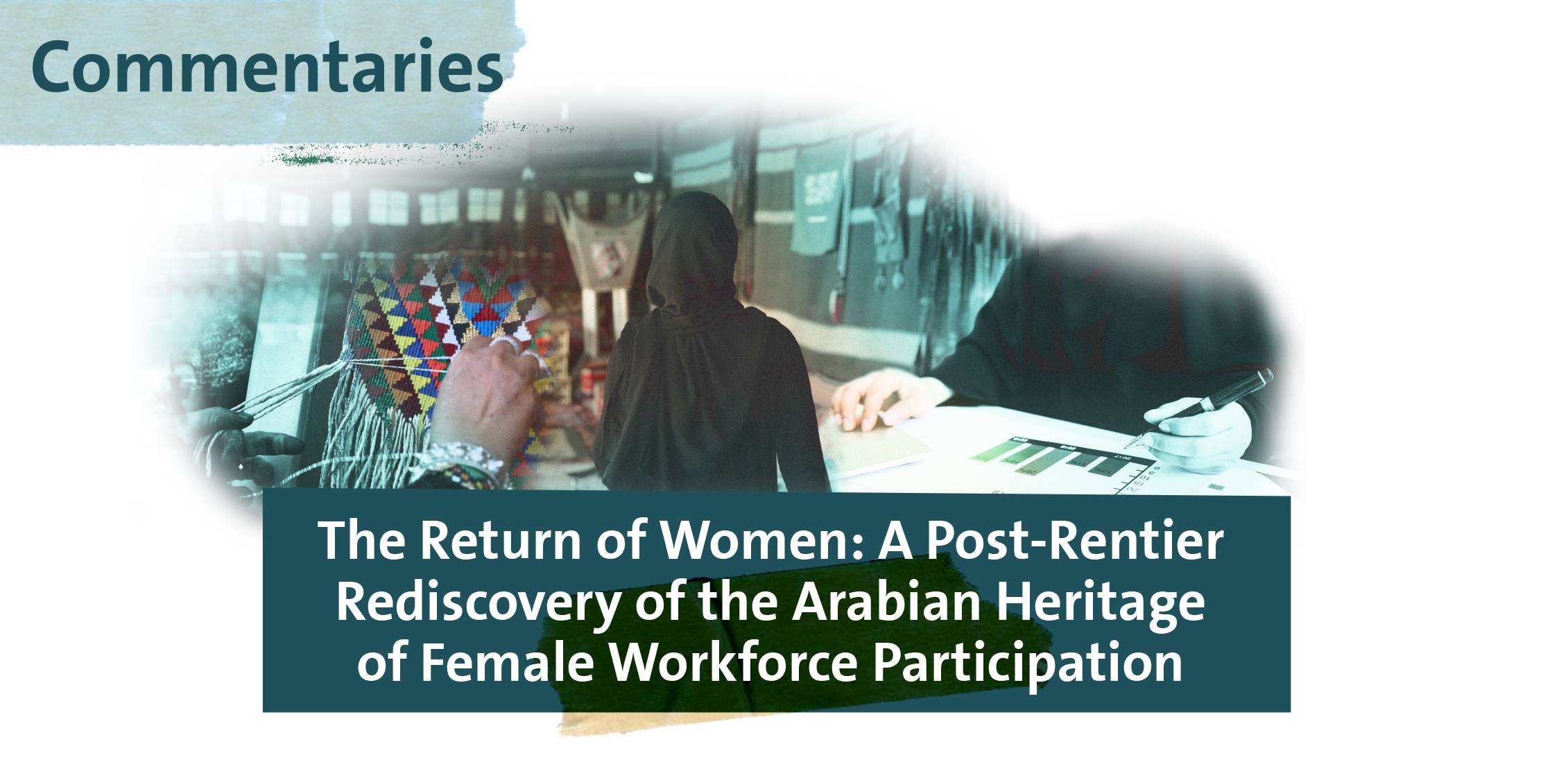The Return of Women: A Post-Rentier Rediscovery of the Arabian Heritage of Female Workforce Participation
Over the past decade, Saudi women’s participation in the workforce has increased at a rapid pace. At the end of the 2000s, only 48,406 of Saudi women worked in the private sector; by the end of 2019, the number had leaped to 558,892. Although the figure is still half that of Saudi men (1,141,812), the change in the number of private-sector employees has lately been constantly higher among Saudi women than among Saudi men. While the number of Saudi men in the private sector decreased by 19,762 over the 12 months to the end of 2019, the number of Saudi women in the private sector increased by 16,493 in the same period.
From this, some external observers may believe that a progressive trend is belatedly appearing in Saudi society. Nevertheless, to say that freedom is new to Saudi women or that such freedom has been increasing linearly as time passes would be inaccurate. In fact, female workforce participation has its roots in Arabian heritage, and Saudi society has undergone some unusual decades since the late twentieth century when women were not given enough opportunities. Women are only now returning to the workforce.
What is the Arabian heritage of working women? Why did women disappear from the workforce in past decades? This Commentary will provide answers to these questions and also point to one of the concerns about the ongoing participation of females in the workforce—the urban-rural divide. Today, 45% of Saudi female job-seekers reside outside the main three urban regions (Riyadh, Jeddah/Makkah, and the Eastern Province), yet job opportunities for them are limited. Three potential solutions will be proposed: developing tourism, enhancing mobility, and addressing integration costs.

